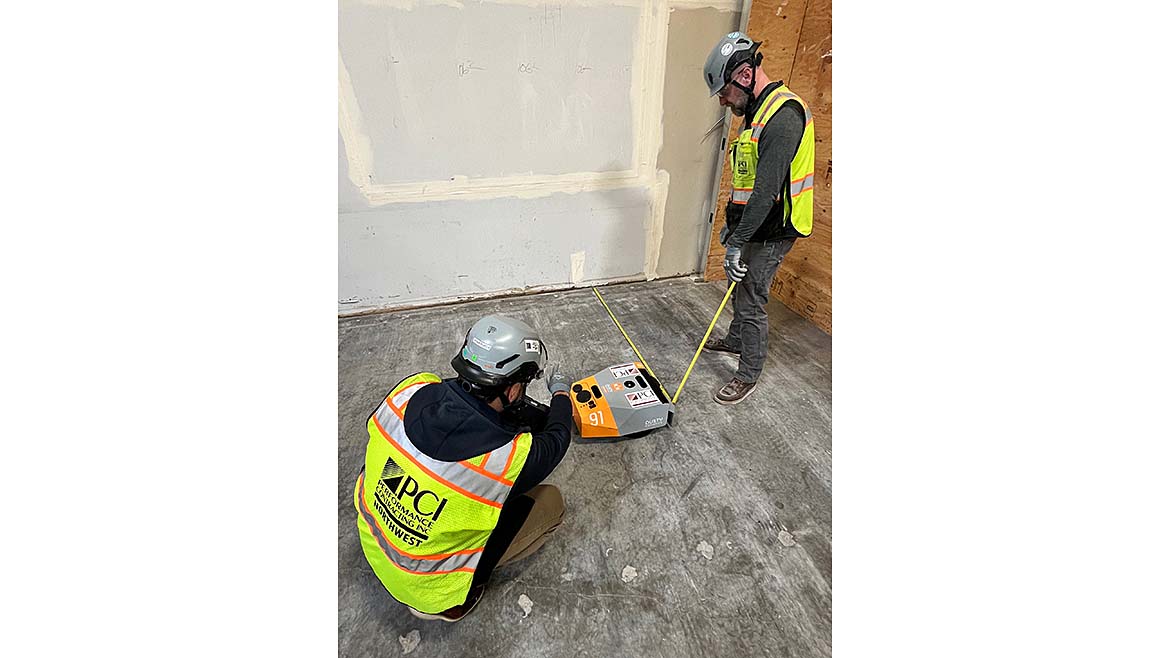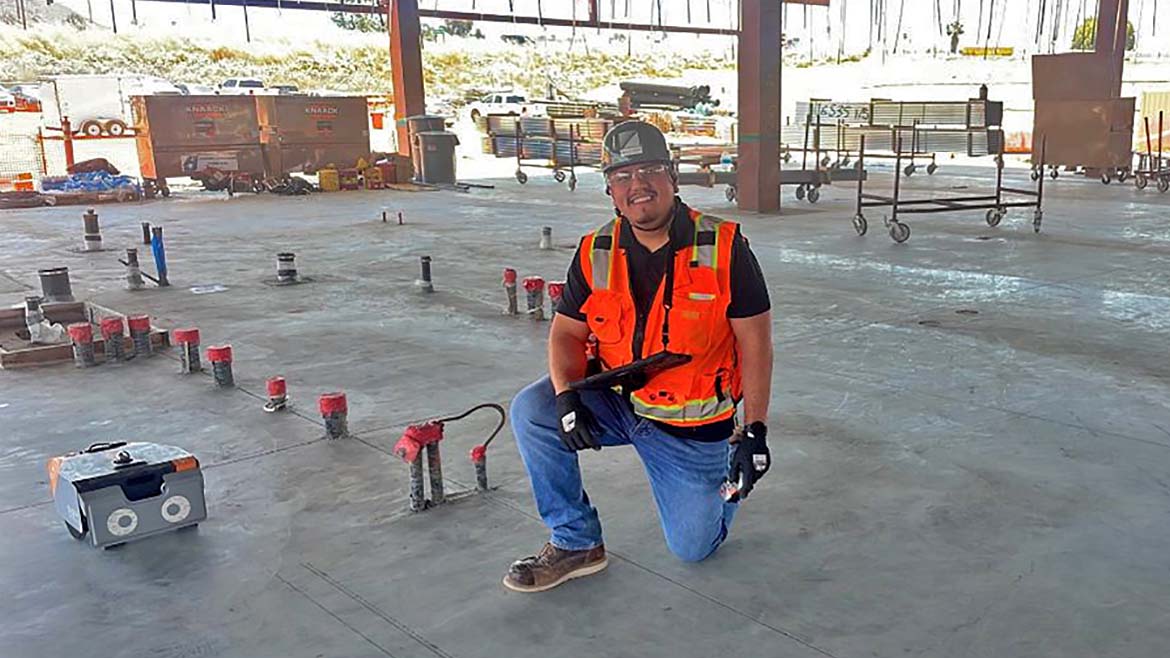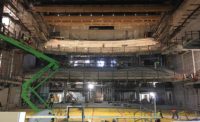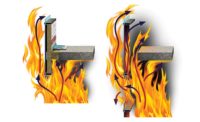It’s no secret that drywall and framing typically are some of the last trades to be brought into a construction project. Leaving trades out of the preconstruction process leaves little room for collaboration and lots of room for error and inefficiency. Projects that bring all trades into the preconstruction process early often find innovative ideas and solutions that save time and money.
Framing and drywall contractors like Performance Contracting Inc.—a contractor based in Lenexa, Kan.—are working to push the early collaboration trend forward by working with construction partners that understand the value of a collaborative preconstruction process. To do that, PCI is always on the hunt for technologies and processes that make it a valuable trade partner on every construction team.
For the past two years, PCI has harnessed the power of Dusty Robotics, a technology that provides an automated, multi-trade layout that is 100 percent accurate to the digital model.
“I saw Dusty in action and considered it to be the next step in construction,” says PCI Construction Manager Chris McClease. “We had been using total station layout for about 10 years, and this was our next progression. Accuracy is key. It lays everything out for us so sharply compared to doing it by hand and got our guys off their hands and knees. And the speed is incredible.”

In the beginning, PCI primarily used Dusty Robotics for their own layout and started by laying out walls only. Then, the contractor began using it for details like door openings, soffit locations and ceiling heights. Now, PCI uses Dusty for all layout, no longer relying on drawings on-site because all details are laid out on the floor.
To take automated layout to the next level, PCI has been effectively marketing the value of using Dusty Robotics layout for the entire construction team.
“We tried multi-trade layout first with an electrical contractor,” McClease says. “We did one half of one floor and laid it out as we did our layout. It was extremely efficient. They reduced at least four man-days off the floor.”
However, multi-trade layout was not the plan before starting that job, and use of Dusty by the electrical contractor was limited. To harness the true power of multi-trade layout, PCI needed to get buy-in for collaboration during preconstruction from the general contractor.

Team-Wide Collaboration
PCI achieved team-wide buy-in using Dusty Robotics on a recent lab project in Seattle that was led by Lease Crutcher Lewis, a general contractor based in the Pacific Northwest.
“LCL knew we were going to use Dusty because they knew we used it on a few other projects,” McClease says. “They approached us and asked if we could provide automated layout using Dusty Robotics for all trades on the project.”
PCI was tasked with managing the layout for all trades using Dusty, as well as providing all the framing, drywall and ceiling work. LCL dictated all trades working on the project – including mechanical, electrical, HVAC, framing, fire protection and plumbing – provide files to PCI to do the multi-trade layout.
To achieve a successful multi-trade layout process, PCI’s virtual design and construction team, led by BIM Modeler Adam Purdy, provided subcontractors with clear instructions, like tips for using the software and file sizes needed. Purdy held meetings with each subcontractor to walk them through every rendition of their files. He made himself available throughout each day to answer questions as they arose.
Communication among trade partners was improved due to the multi-trade layout. The team worked together to complete three to four file renditions before reaching agreement on the final file.
“Everybody was very proactive in the process,” Purdy says. “The way it brought everyone together to put everything where it goes in a way that works for everyone was surprisingly beneficial. I was surprised by the effort they put forth to make it work to have a product that benefited everyone in the end.”
Having all trades’ layouts completed at the same time was key for this project, which was a compact space involving a lot of mechanical work due to the ventilation requirements.
“On the first comeback, one of the subcontractors was off by 3/4 inch,” Purdy says. “By combining everybody on the same file and laying out at the same time, we eliminated all those errors.”
Similar to prefabrication, using automated layout with Dusty Robotics provides solutions to problems that typically are not discovered until later in the construction process, when problems cost more time and money to fix.
“It streamlined the coordination process,” Purdy says. “We were all working together to get one file of truth.”
Guidelines developed on this project will help PCI lead multi-trade layout using Dusty Robotics even more efficiently in the future. Since this project, PCI has been contacted by one of the subcontractors to work on another project and currently is working with LCL on an additional project.
A Better Construction Process
In addition to improving collaboration and streamlining the construction process, automated layout improves quality and safety performance.
“When we’re using Dusty, we’re not having quality assurance problems,” McClease says. “We also know we’re not having issues with guys fatigued from being up and down all day on the floor. We don’t have issues with trades being in each other’s way. We know using Dusty Robotics is the right way to do construction.”
Having fewer trades on the floor at one time reduces risk. With just one person responsible for running the layout instead of three to four trades working on their layout simultaneously, safety exposure is reduced by about 75 percent—and more talent is free to work on other project components.
Layout was completed in the lab in Seattle with no errors. PCI finished its scope of work on the 20,000-square-foot project in May, and the total project completion date is set for the summer.






Report Abusive Comment